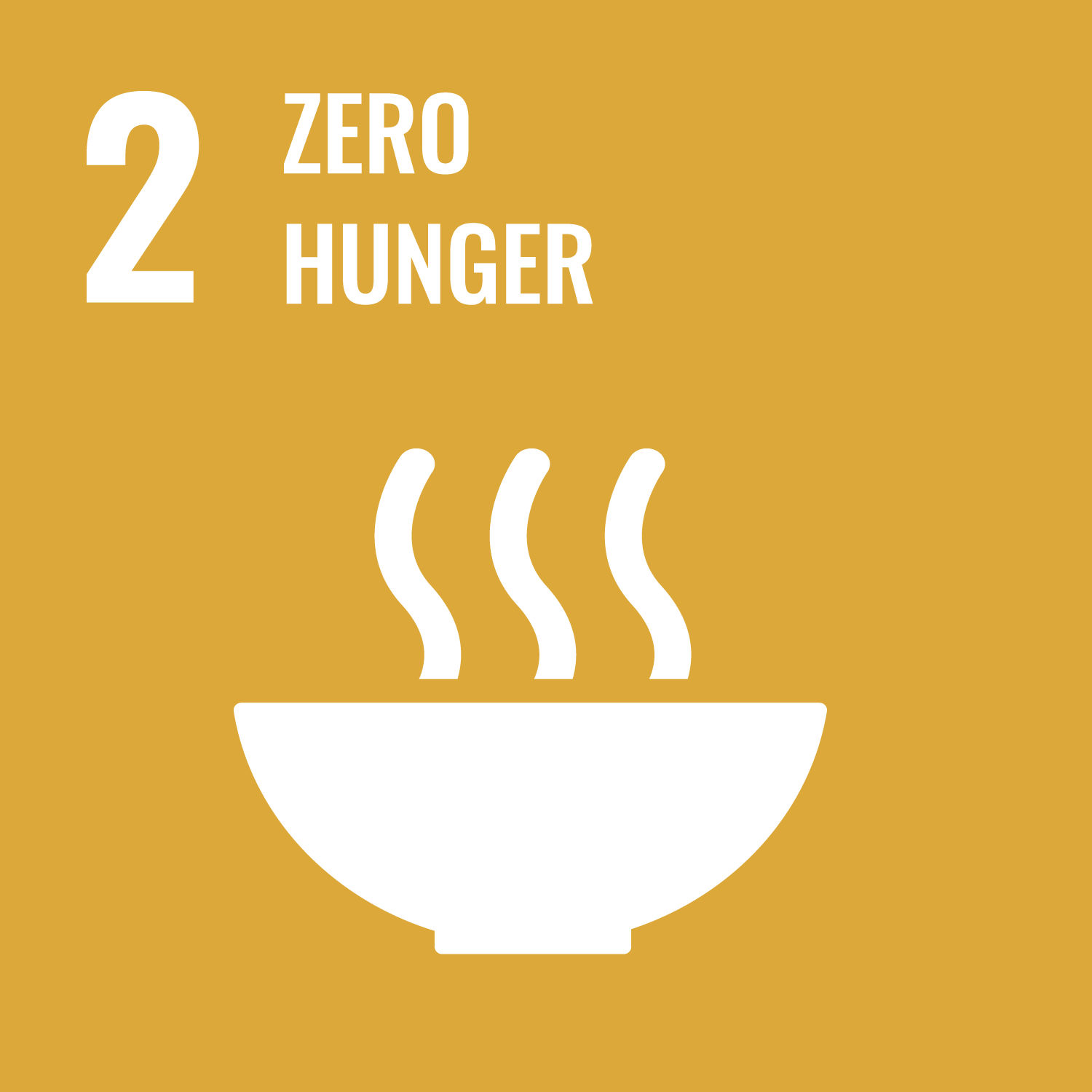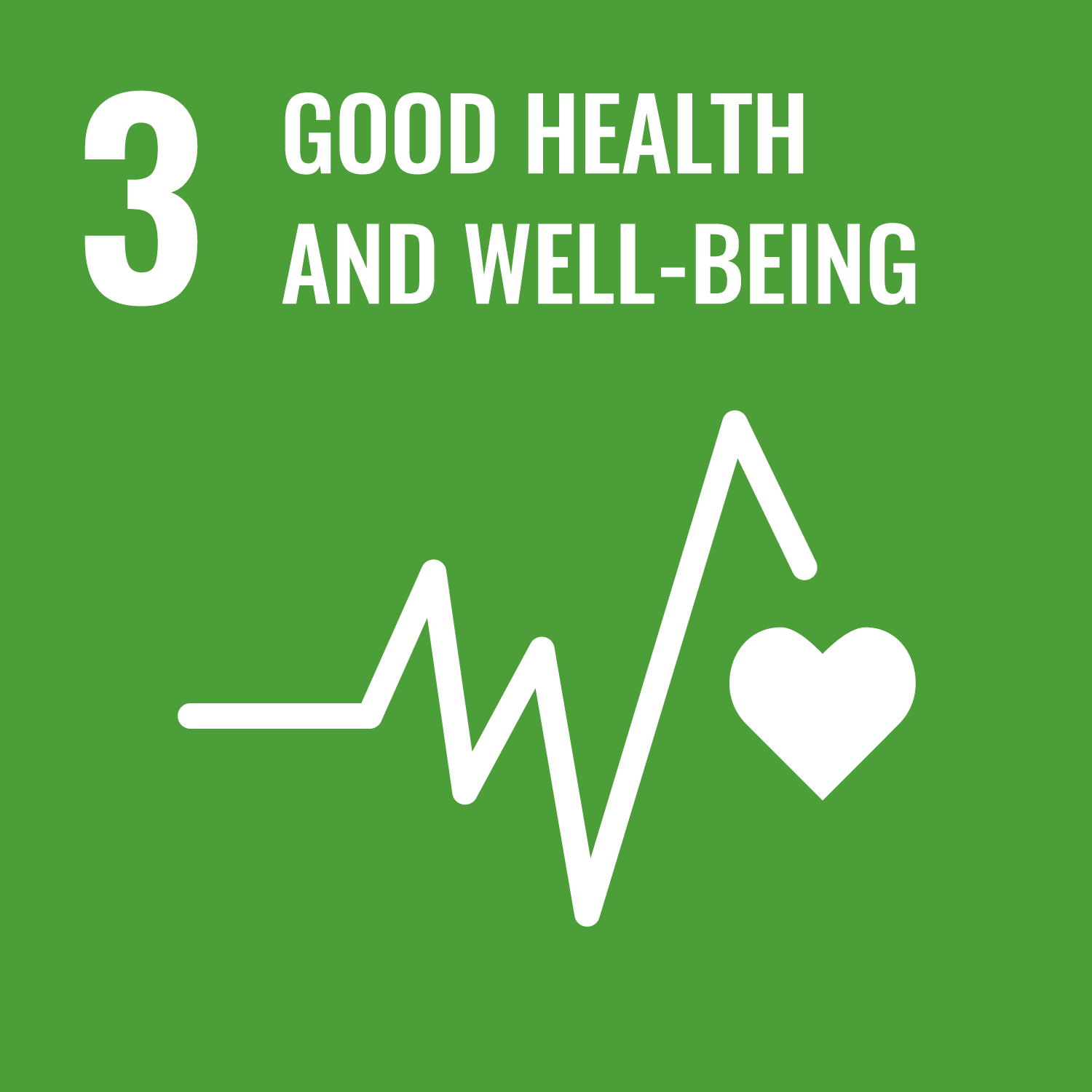d’Elbée, M., Mafirakureva, N. orcid.org/0000-0001-9775-6581, Chabala, C. et al. (11 more authors) (2025) Treatment decision algorithms for tuberculosis screening and diagnosis in children below 5 years hospitalised with severe acute malnutrition: a cost-effectiveness analysis. eClinicalMedicine, 83. 103206. ISSN 2589-5370
Abstract
Background
Children with severe acute malnutrition (SAM) are an important risk group for underdiagnosis and death from tuberculosis. In 2022, the World Health Organization (WHO) recommended use of treatment decision algorithms (TDAs) for tuberculosis diagnosis in children. There is currently no cost-effectiveness evidence for TDA-based approaches compared to routine practice.
Methods
The TB-Speed SAM study developed i) a one-step TDA including Xpert, clinical, radiological and echography features, and ii) a two-step TDA, which also included a screening phase, for children under 5 years hospitalised with SAM at three tertiary hospitals in Uganda and Zambia from 4th November 2019 to 20th June 2022. This study is registered with ClinicalTrials.gov, NCT04240990. We assessed the diagnostic accuracy and cost-effectiveness of deploying TB-Speed and WHO TDA-based approaches compared to the standard of care (SOC). Estimated outcomes included children started on tuberculosis treatment, false positive rates, disability-adjusted life years (DALYs) and incremental cost-effectiveness ratios (ICERs).
Findings
Per 100 children hospitalised with SAM, averaging 19 children with tuberculosis, the one-step TDA initiated 17 true positive children (95% uncertainty intervals [UI]: 12–23) on tuberculosis treatment, the two-step TDA 15 (95%UI: 10–22), the WHO TDA 14 (95%UI: 9–19), and SOC 4 (95%UI: 2–9). The WHO TDA generated the most false positives (35, 95%UI: 24–46), followed by the one-step TDA (18, 95%UI: 6–29), the two-step TDA (14, 95%UI: 1–25), and SOC (11, 95%UI: 3–17). All TDA-based approaches had ICERs below plausible country cost-effectiveness thresholds compared to SOC (one-step: $44–51/DALY averted, two-step: $34–39/DALY averted, WHO: $40–46/DALY averted).
Interpretation
Our findings show that these TDA-based approaches are highly cost-effective for the vulnerable group of children hospitalised with SAM, compared to current practice.
Funding
Unitaid Grant number: 2017-15-UBx-TB-SPEED.
Metadata
| Item Type: | Article |
|---|---|
| Authors/Creators: |
|
| Copyright, Publisher and Additional Information: | © 2025 The Authors. Published by Elsevier Ltd. This is an open access article under the CC BY license (http://creativecommons.org/licenses/by/4.0/). |
| Keywords: | Paediatric tuberculosis; Severe acute malnutrition; Treatment decision algorithms; Diagnosis; Low- and middle-income countries; Cost-effectiveness analysis |
| Dates: |
|
| Institution: | The University of Sheffield |
| Academic Units: | The University of Sheffield > Faculty of Medicine, Dentistry and Health (Sheffield) > School of Medicine and Population Health |
| Funding Information: | Funder Grant number UNITAID UNSPECIFIED |
| Depositing User: | Symplectic Sheffield |
| Date Deposited: | 25 Apr 2025 08:09 |
| Last Modified: | 25 Apr 2025 08:09 |
| Status: | Published |
| Publisher: | Elsevier BV |
| Refereed: | Yes |
| Identification Number: | 10.1016/j.eclinm.2025.103206 |
| Related URLs: | |
| Sustainable Development Goals: | |
| Open Archives Initiative ID (OAI ID): | oai:eprints.whiterose.ac.uk:225779 |



 CORE (COnnecting REpositories)
CORE (COnnecting REpositories) CORE (COnnecting REpositories)
CORE (COnnecting REpositories)